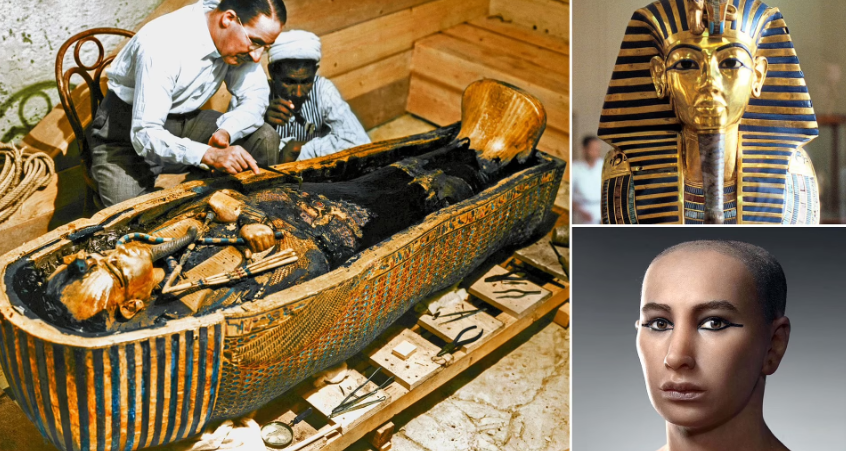
Find out how legendary leader King Tut might have died.
A young boy stands in a temple filled with burning incense as he waits for a priest to place a glittering crown on his head. The ritual is part of the coronation ceremony that will make the nine-year-old pharaoh of ancient Egypt. His people will call him by his royal name: King Tutankhamun. You probably know him as just King Tut.
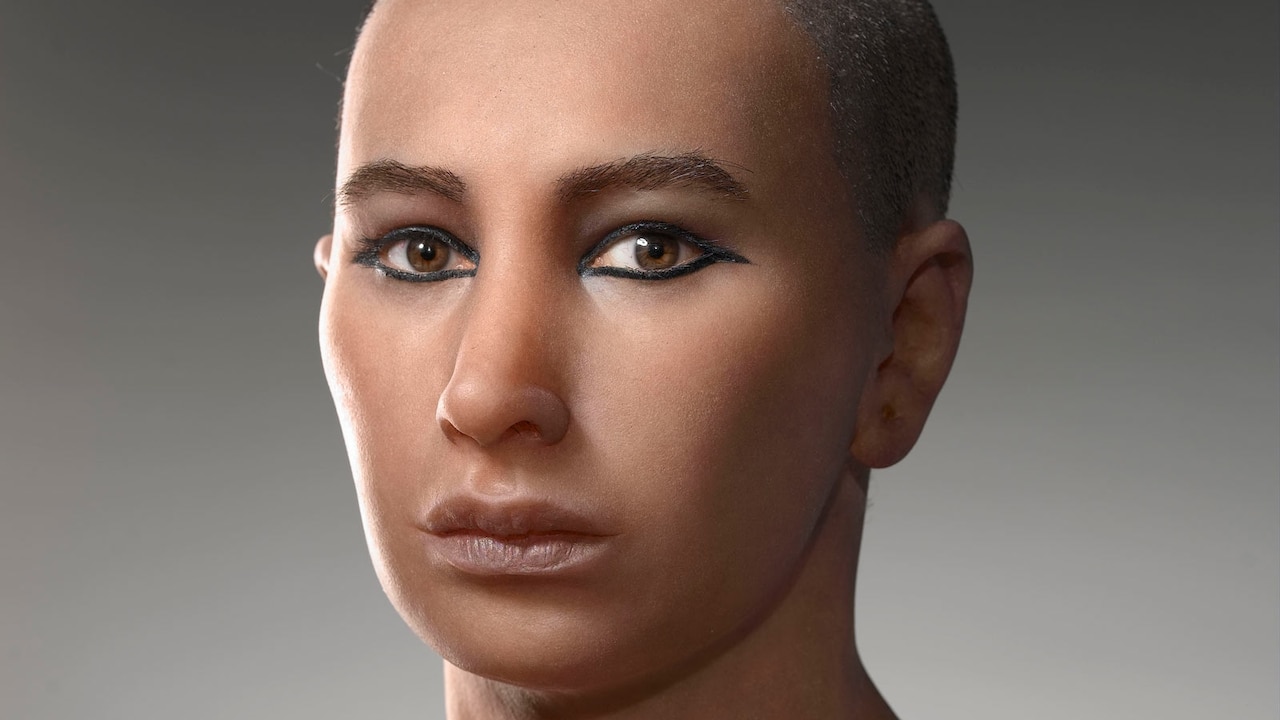
Using a digital version of King Tut’s skull, artists created a flesh-and-blood model of the boy king. PHOTOGRAPH BY KENNETH GARRETT, NATIONAL GEOGRAPHIC CREATIVE
HISTORIC DISCOVERY
Tut became pharaoh of Egypt in 1332 B.C. at the age of nine. He ruled the country at a time of conflict, when battles over land raged between Egypt and the neighboring kingdom of Nubia. Nearly a decade after coming to power, the young leader died at about 18. But historians didn’t know much about Tut until 1922. That’s when a British archaeologist named Howard Carter uncovered Tut’s tomb in Egypt’s Valley of the Kings.
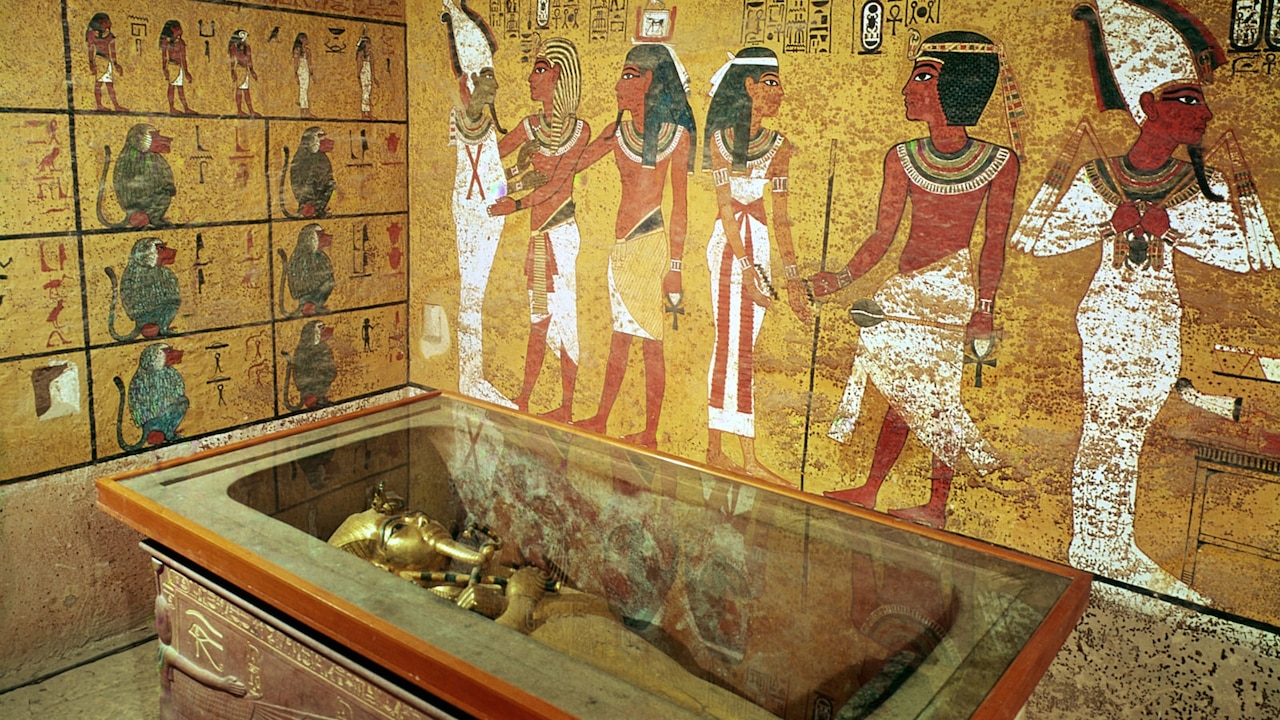

Scenes showing King Tut’s funeral and his journey to the afterlife were painted on the walls inside of his tomb. PHOTOGRAPH BY ATELIER DAYNES PARIS, NATIONAL GEOGRAPHIC CREATIVE
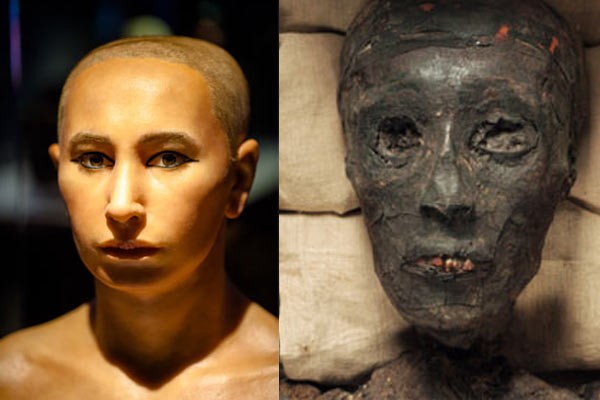
After finding a crypt beneath the Egyptian desert, Carter spent much of the next two years searching the tomb. But the biggest treasure was within another room in the tomb, where Carter found a coffin. The coffin opened to reveal … another coffin. Inside the second coffin was a third coffin made of gold. Inside was Tut’s mummified body, untouched for more than 3,000 years.
A MYSTERIOUS DEATH
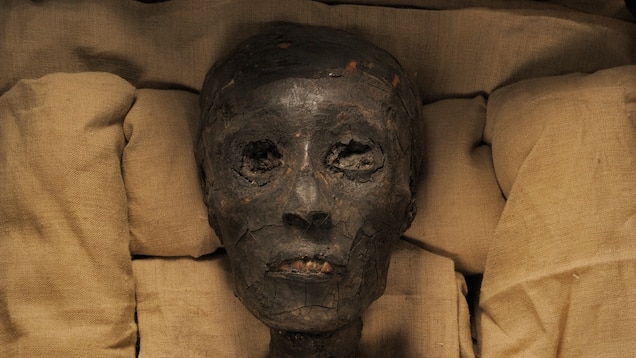
King Tut’s body was laid to rest in a nest of three coffins placed in a stone sarcophagus, which was covered by four, overlapping box-like shrines. PHOTOGRAPH BY DAMNFX, NATIONAL GEOGRAPHIC CREATIVE
Soon after the mummy was uncovered, archaeologists tried to pry his body from the sticky sacred oils that coated the inside of his coffin. But such rough handling damaged the mummy and made it tough to tell what lead to Tut’s death.

Scientists examined x-rays taken of King Tut’s mummy to attempt to determine his cause of death. PHOTOGRAPH BY KENNETH GARRETT, NATIONAL GEOGRAPHIC CREATIVE
Some suspected he was murdered, perhaps poisoned. But modern technologies like 3-D scanning eventually revealed that the powerful king was actually in poor health—and even had a broken leg. Maybe the frail king tumbled from one of the chariots found in his tomb. With his immune system already weakened, Tut could have easily died of an infection in the busted bone if the crash itself didn’t kill him.
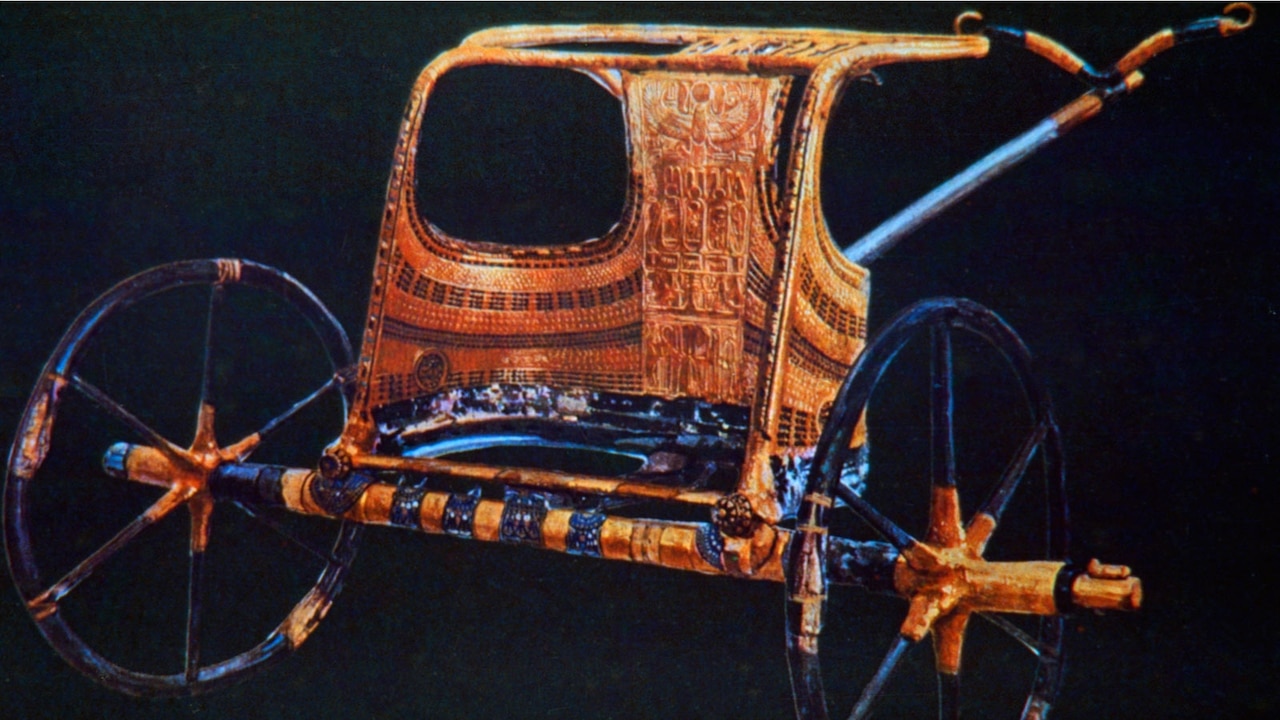
Though some experts suspect King Tut died as a result of injuries sustained while riding in a chariot, such as the one above, the lack of historical records means we’ll likely never know for sure what killed the young pharaoh. PHOTOGRAPH BY ART MEDIA, PRINT COLLECTOR, GETTY IMAGES
Archaeologists aren’t quite ready to declare the mystery solved. Without records from that time period detailing exactly what happened, we may never know the whole truth about Tut’s death. But regardless of how he died, the treasures of Tut’s tomb make him the most famous mummy in the world.